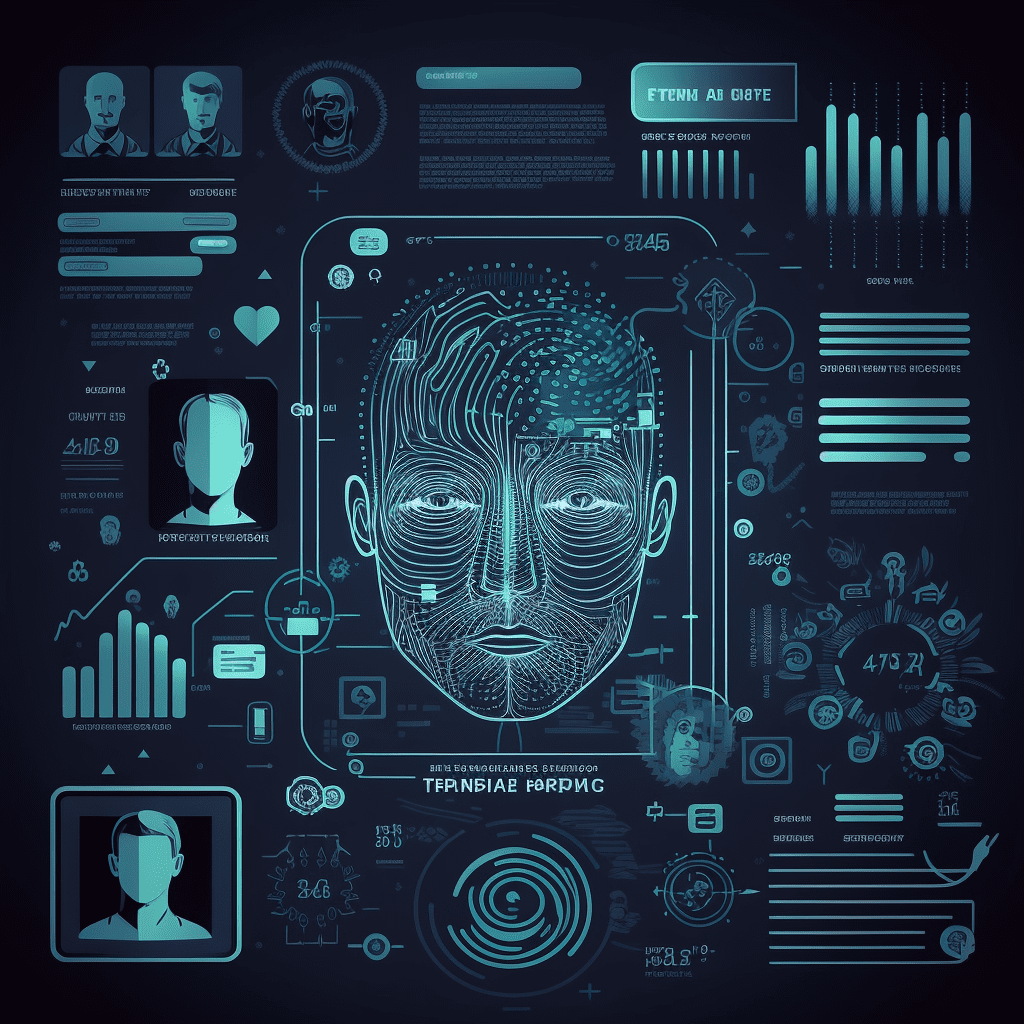
Biometrics Authentication Technology: Use Cases, Benefits, and Potential Weaknesses
If there’s one company I was most excited to join, it was the Biometrics Authentication Firm in Dublin. In 2016, shortly after delivering a mobile app for a major Irish bank, I discovered biometrics authentication. I was so fascinated by their technology that I purposely lowered my salary expectations to incentivize the company to hire me. I spent the first few months learning everything I could about biometrics authentication technology. While working with financial institutions in Europe, the United States, and the Middle East, I gained invaluable experience and had the opportunity to travel to various locations worldwide. With that said, In this blog, we will explore biometrics authentication technology, its use cases, benefits, and potential weaknesses.
Biometrics authentication technology has rapidly emerged as a reliable and secure means of verifying individuals’ identities. With the increasing need for enhanced security in various sectors, biometrics has gained significant traction. Here are some of the most prevalent use cases, benefits and potential weaknesses that you should know about this rapidly emerging authentication strategy.
Use Cases
- Banking and Finance: Biometrics is widely used in banking and finance to ensure secure transactions and protect customer information. Fingerprint and facial recognition are commonly used for account access, mobile banking authentication, and ATM transactions.
- Government and Law Enforcement: Government agencies and law enforcement use biometrics for identity verification, border control, and criminal investigations. Examples include fingerprint databases, facial recognition systems, and iris scanning at airports.
- Healthcare: Biometric technology is increasingly used in healthcare to accurately identify patients, streamline record-keeping, and prevent medical identity theft. Fingerprint and palm vein recognition are typical methods employed in this sector.
- Access Control: Biometrics is used for physical access control in offices, data centers, and other secure facilities. Fingerprint, facial recognition, and iris scanning are popular choices for granting or restricting access based on individual identity.
Benefits
- Enhanced Security: Biometrics provides a higher level of security compared to traditional methods like passwords or PINs, as biometric data is unique to each individual and difficult to replicate or forge.
- Improved User Experience: Biometric authentication offers a convenient, fast, and frictionless user experience. Users no longer need to remember multiple passwords or carry access cards.
- Increased Accuracy: Biometric systems can accurately identify individuals with a low probability of false positives or negatives, making them more reliable than traditional methods.
- Cost-Effectiveness: Implementing biometric authentication can reduce costs associated with password resets, lost access cards, and security breaches.
Potential Weaknesses
- Privacy Concerns: The collection, storage, and use of biometric data raise privacy concerns. Unauthorized access to biometric databases could lead to identity theft or misuse of personal information.
- Vulnerability to Spoofing: Although biometric systems are generally secure, they are not foolproof. Skilled attackers may attempt to deceive the system by creating fake biometric samples, such as fingerprints or facial images.
- Technical Issues: Biometric systems can occasionally face technical issues, such as hardware or software malfunctions, which may impact their accuracy and reliability.
- Inclusivity Challenges: Some individuals may face difficulties in using biometric systems due to physical disabilities, injuries, or unique physical characteristics.
Biometrics authentication technology has the potential to revolutionize security and user experience in various sectors. While offering numerous benefits, it is essential to address potential weaknesses and ensure the responsible and ethical use of this technology. By understanding its use cases, benefits, and potential weaknesses, we can harness the power of biometrics to create a more secure and efficient future.